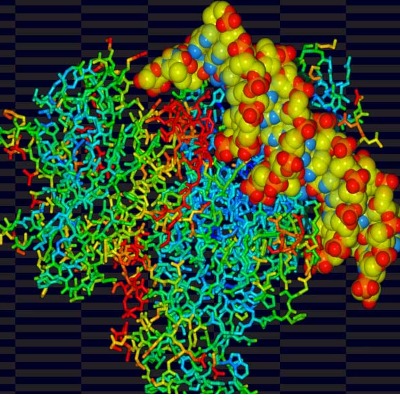
The P53 protein is known to prevent cancer. It is one of the best known and frequently studied cancer genes. So it may come as a surprise that when the P53 gene is too active, it can cause cancer.
In mice, activating P53 for a long time led to inflammation and conditions that favor the development of cancer - in this case, liver cancer.
It seems that the P53 activity is causing the death of many cells and the rise of stem cells which can then become cancerous.
One CAN have too much of a good thing!
Learn More
Image Credit
Wikimedia Commons https://commons.wikimedia.org/wiki/File:Tumour_suppressor_p53-DNA_complex.jpg
